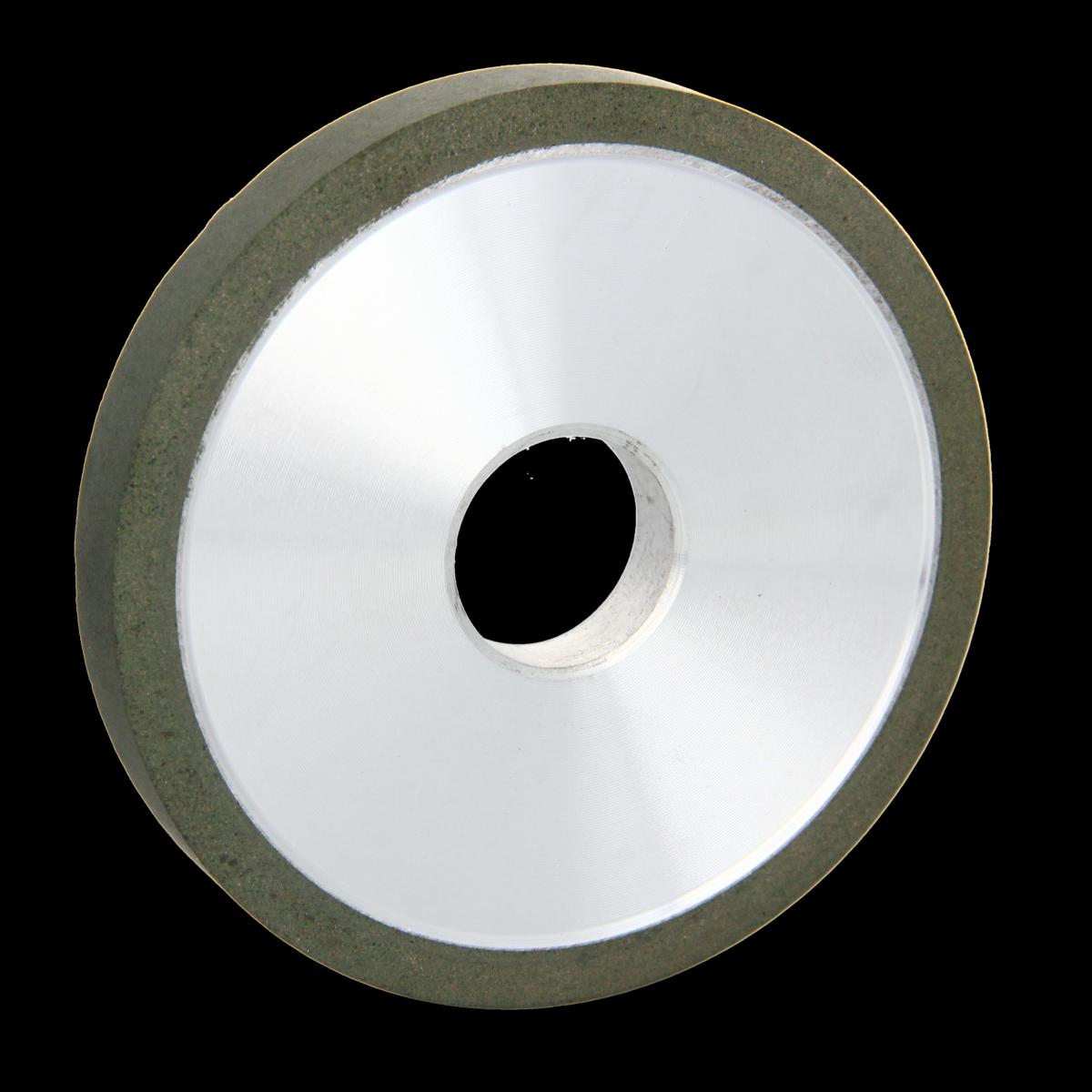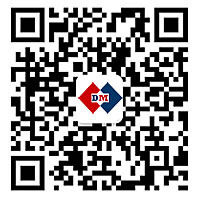
1) The bonding strength of the resin bonded diamond grinding wheel is weak, so the self-sharpness can be good during grinding, it is not easy to clog, the grinding efficiency is high, the grinding force is small, and the grinding temperature is low. The disadvantage is poorer wear resistance and abrasive wear Large, not suitable for heavy duty grinding.
2) Vitrified bond diamond grinding wheel has better wear resistance and bonding ability than resin bond, sharp cutting, high grinding efficiency, not easy to generate heat and clogging, less thermal expansion, easy to control precision, disadvantages are rough grinding surface and high cost .
3) The metal bond diamond grinding wheel has high bonding strength, good wear resistance, low wear, long life, low grinding cost, and can withstand large loads, but has poor sharpness and is easy to block.
4) The abrasive particle size has a certain influence on the clogging and cutting capacity of the grinding wheel. Compared with the fine sand, the coarse abrasive grains will increase the wear of the cutting edge when the cutting depth is large, the grinding wheel is easy to be clogged.
5) The hardness of the grinding wheel has a great influence on the clogging. The high hardness of the grinding wheel has a high thermal conductivity, which is not conducive to surface heat dissipation, but it is beneficial to improve the processing accuracy and durability.
6) The concentration selection of the grinding wheel is an important feature, which has a great impact on the grinding efficiency and processing cost. If the concentration is too low, the efficiency will be affected. Otherwise, the abrasive grains will fall off easily, but the optimal concentration range of the bonding agent is also the best.














